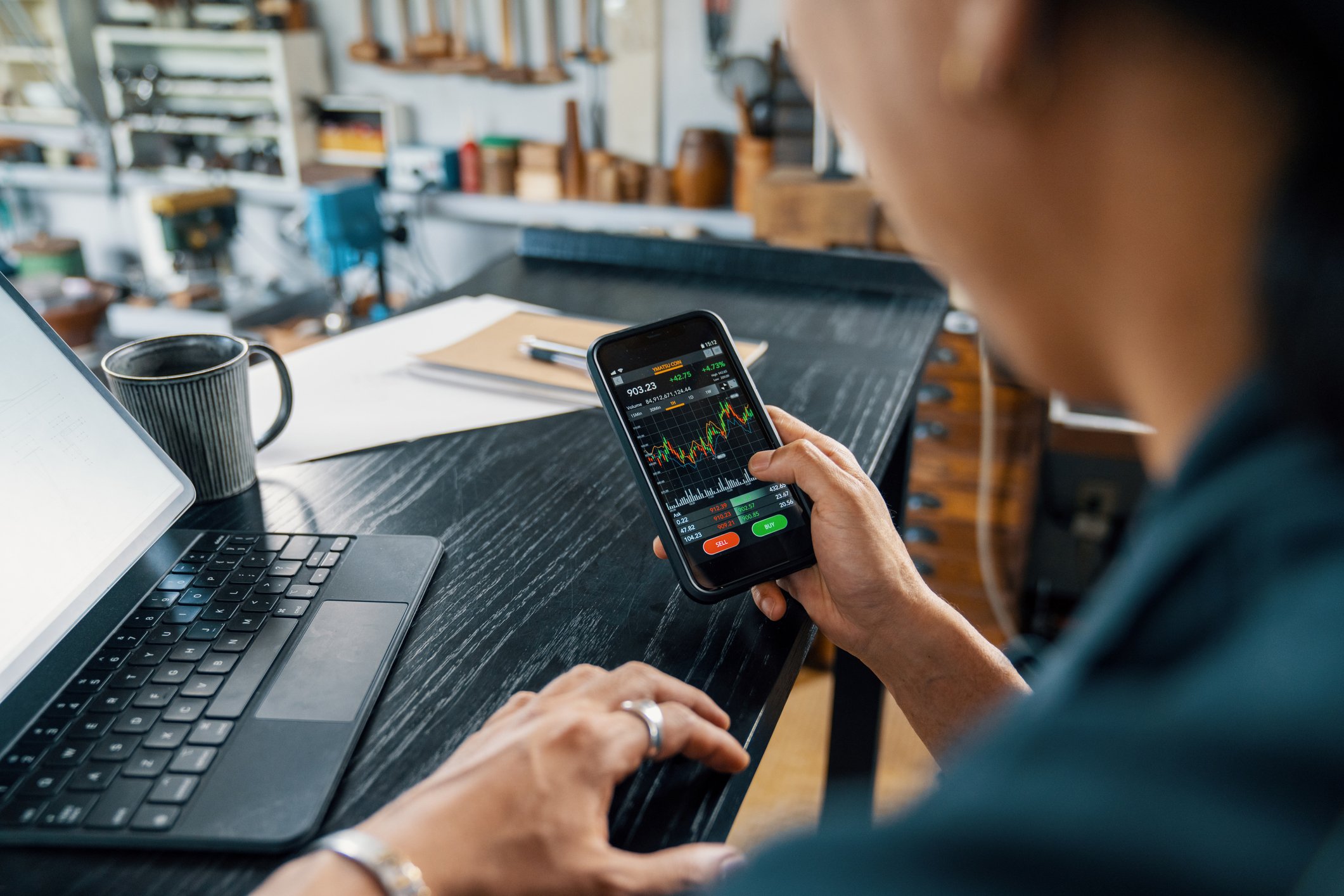Robinhood (HOOD 1.74%) is back in the headlines -- and for good reason. After years of volatility after the meme-stock era, the trading app that once symbolized retail investing exuberance is staging a remarkable comeback. The company has turned profitable, its shares have surged more than 400% during the past year, and it joined the S&P 500 index in September 2025.
For long-term investors, this isn't just a flash of market excitement. It's the sign of a company growing up. Beneath the buzz, Robinhood's business model is evolving, its financials are improving, and its role in shaping the next generation of investors may be far from over.
A turnaround with solid numbers
Robinhood's turnaround story begins with something it long lacked: profitability.
For years, the online brokerage generally operated at a loss as it scaled its business. Many thought that it would be difficult for it to ever become profitable, but the turning point came in 2024 when it delivered an enormous profit of $1.4 billion, a huge turnaround from a loss of $541 million in 2023.
Since then, there is no looking back for Robinhood. In the second quarter of 2025, net revenue rose 45% year over year to $989 million and net profit more than doubled to $386 million -- a milestone that signals it's no longer just chasing growth but sustainable growth.
Profitability is not the only signal of maturity. Robinhood's inclusion in the S&P 500 marks an institutional endorsement that few recent fintechs can claim. The index addition not only boosts credibility but also attracts automatic inflows from passive funds and index-tracking exchange-traded funds (ETFs), potentially providing long-term support for the stock.
These developments are a remarkable shift for a company that, just a few years ago, was better known for trading halts and regulatory controversies than for disciplined execution.

NASDAQ: HOOD
Key Data Points
From trading app to fintech platform
Robinhood's business transformation is perhaps the most underappreciated part of its story. The company that pioneered zero-commission trading now wants to become a one-stop financial platform for its 26 million-plus users.
In the past year, Robinhood has expanded far beyond its core trading roots. It now offers savings accounts and debit cards -- products that make it more like a digital bank rather than just a brokerage. Earlier this year, the company announced plans to roll out banking services that includes delivering cash at home to customers who make a withdrawal -- a striking example of how far it's stretching beyond traditional investing.
Robinhood is also doubling down on cryptocurrency. Its digital asset trading arm, which once faced intense scrutiny, has become a growth driver. As crypto markets recovered in 2024 and 2025, trading volumes on the platform surged. The company even began exploring tokenized stock offerings in Europe -- a sign it sees blockchain as a long-term opportunity, not a fad.
These moves have an important implication for investors: Robinhood's revenue mix is diversifying. Receiving payments for sending customer orders to select market makers -- once its primary source of income -- is no longer the only growth engine. Interest income, subscriptions (via Robinhood Gold), and crypto activity now contribute meaningfully to its top line.
If Robinhood can continue building stable, recurring revenue streams, it could evolve into a much more predictable and higher-margin business over time.
What does it mean for investors?
Robinhood's comeback has surprised even its skeptics. A company once associated with speculative trading is now being discussed as a serious fintech contender. Its financial foundation is stronger, its product ecosystem is broadening, and its relevance among younger investors remains high.
Still, its next chapter depends on how well management executes. Profitability and S&P 500 inclusion mark a turning point, but sustaining growth will require navigating new regulatory and competitive challenges -- and proving that Robinhood can thrive even when markets aren't euphoric.
For now, investors have reason to pay attention. The Robinhood story is evolving from hype to solid numbers -- and if the company continues on its current path, this could be more than just a comeback. It could be the beginning of a long-term fintech transformation.






